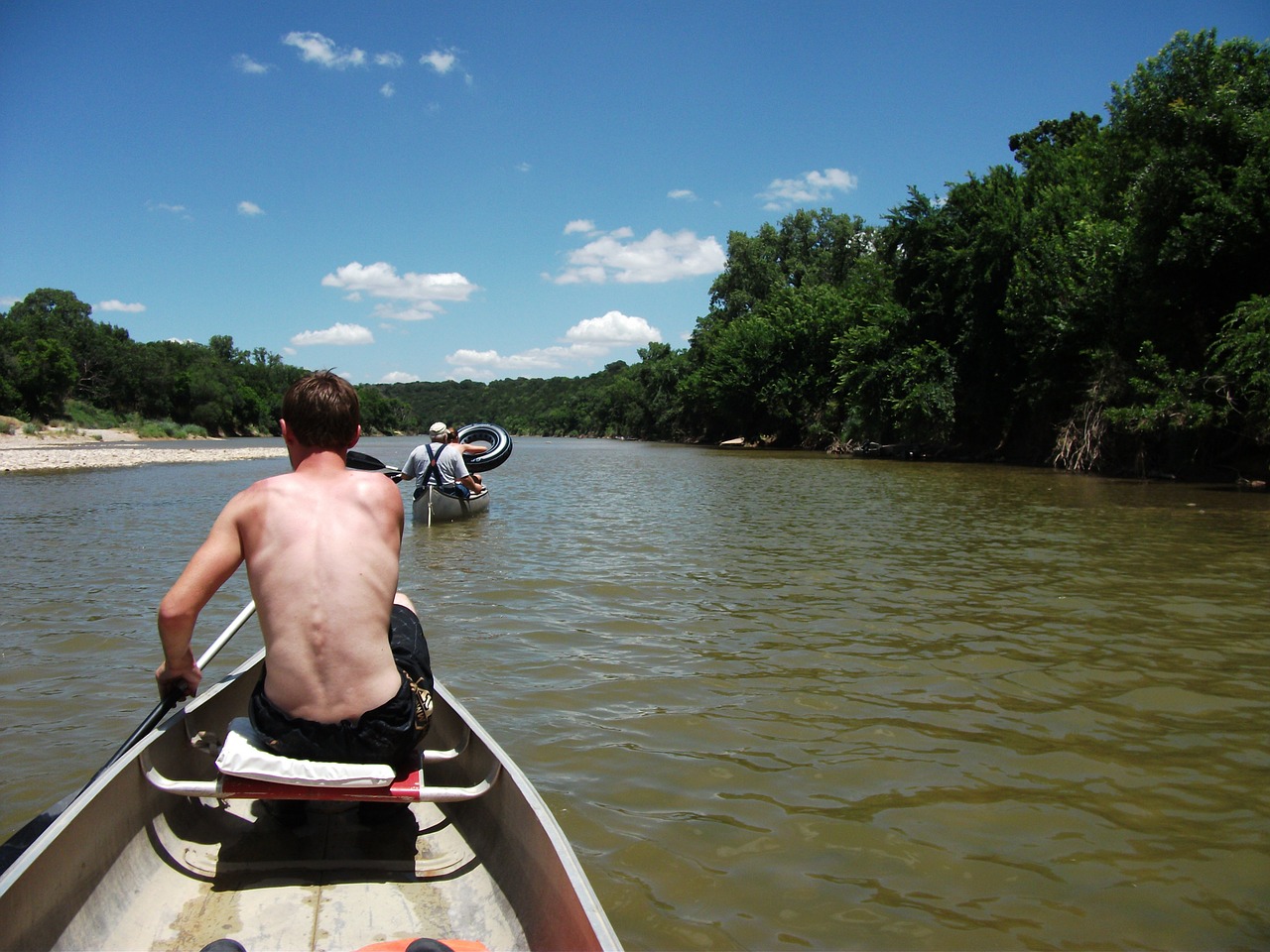It is within your power to prevent premature aging and skin cancer. By practicing proper sun safety, you will look younger for longer and will reduce your risk of developing one of the most commonly diagnosed cancers in the United States.
The Naked Truth
Skin cancer is the most commonly diagnosed cancer in the U.S. – and it is preventable. More than 90% of melanomas, the deadliest form of skin cancer, are due to UV exposure from outdoor tanning and tanning beds.
- According to the CDC: Half of adults aged 30 years or younger reported being sunburned this past year.
- According to the American Academy of Dermatology: One blistering sunburn during childhood can nearly double your chance of developing melanoma.
In fact, all indoor and outdoor tanning increases your risk of getting skin cancer. One indoor tanning session can raise your melanoma risk by 20 percent.
Repeat after me:
- Tanning is a form of sun damage.
- Sun damage will increase my risk of premature aging and skin cancer.
How to Protect Your Skin
The best way to protect yourself is by seeking shade and wearing sun protective clothing like wide brimmed hats, shirts, and pants. Protect skin that’s exposed to the sun with sunscreen.
5 rules of sunscreen:
- Broad spectrum
- Active Ingredients: Zinc Oxide and/or Titanium Dioxide
- Water resistant
- SPF 30-50+
- Reapply every two hours or after getting wet or sweating
Broad Spectrum
Not all sunscreens are created equal. While many sunscreens only protect against UVB radiation, broad spectrum sunscreens protect against both UVA and UVB radiation. Both UVA and UVB radiation will cause sunburns, premature aging, and skin cancer. Therefore, it is absolutely necessary to use a broad spectrum sunscreen.
Active Ingredients: Zinc Oxide and/or Titanium Dioxide
Zinc oxide and titanium dioxide are the gold standard of sunscreen ingredients. They both protect against UVA and UVB rays. Keep in mind that they do look pasty. Some chemical based sunscreens contain oxybenzone which can cause hormonally disruptive effects in animals and has been linked to the rising deaths of the coral reefs. Chemical based sunscreens are appealing because they are absorbed into the skin and do not show. The safety of chemical based sunscreens should continue to be researched.
Water Resistant
You should always reapply your sunscreen after sweating heavily or swimming but wearing a water resistant sunscreen will help you stay protected between applications. Don’t worry about using a water resistant sunscreen if you aren’t planning on sweating or getting wet.
SPF 30-50+
SPF stands for sun protection factor: the higher the SPF, the higher your level of protection. I always recommend SPF 30-50+ sunscreens. Try to use twice as much sunscreen as you think you need to get the full SPF benefit. If that seems like too much sunscreen because of the gooey feel, use your normal amount and bump up to SPF 60-100.
Reapply every two hours or after getting wet or sweating
Sunscreen doesn’t last forever. It’s important to reapply frequently if staying outside for extended periods of time. A safe bet is to reapply every two hours. If you are sweating or swimming, however, reapply more frequently.
Does price matter?
Luckily price isn’t a deciding factor. Keep in mind, however, that counterfeit products do exist. Make sure you are buying from a reputable distributor, like a drug store. If not, then ask yourself if the price is too good to be true. If it is, then head to a store you trust.
After Sun Care
Sunburns happen. As much as we like to prevent them, they can sneak up on us. Lots of people forget to protect their feet, ears, chest, scalp, and hands when applying sunscreen.
My favorite after sun product is Livad Skin Care’s After Sun Cream. It has essential vitamins and sunflower oil in it which help prevent peeling, reduce redness, and reduce irritation. It also has antioxidants that are great at fighting free radicals.




